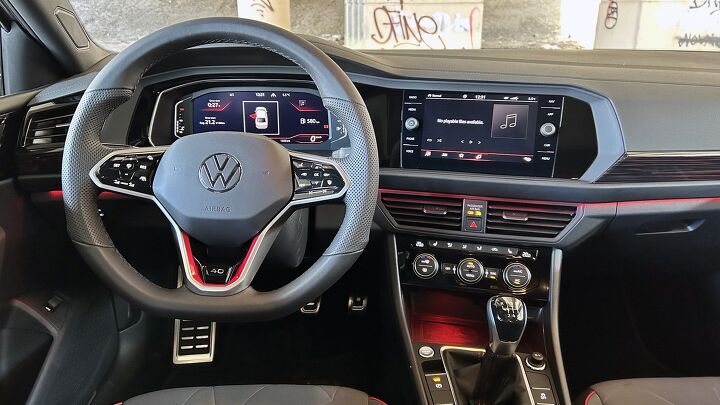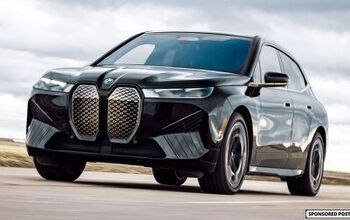4 Reasons Why the Best Performing Jetta is the GLI

The Volkswagen Jetta is celebrating a big anniversary this year. The sporty version of the Jetta. Called the GLI, has been on our shores for 40 years. That’s a long time for any model to last, especially one that’s a bit niche like the GLI.
But there’s a reason the GLI still exists – customers continue to buy them. Volkswagen classifies the Jetta GLI as a Golf GTI with a trunk. We wouldn’t quite go that far with our assessment but do see the appeal of the car, not just within the Jetta family itself, but the compact car segment as a whole.
Not all sporty trims of sedans actually have extra sport added to them. Many are just an appearance exercise, with the basic mechanics underneath virtually unchanged. For the GLI, the Jetta gets a mechanical makeover. Here are 4 reasons why the best performing Jetta is the GLI.
More Powerful Engine
The most obvious difference is under the hood. Gone is the Jetta’s 1.5-liter turbocharged engine, replaced by a larger 2.0-liter turbo unit. This allows the GLI to make 228 horsepower (hp) and 258 pound feet of torque (lb-ft). That's a sizeable gain of 70 hp and 74 lb-ft of torque over the 1.5-liter unit.
The response of the larger engine is more immediate and packs a lot of mid-range punch. It doesn’t feel quite as hearty as the Golf GTI’s 2.0-liter turbo engine, but the GLI’s powerplant is far, far superior to the regular Jetta.
Better Suspension
Another area where there are big changes is the suspension. Regular Jetta models feature a simple torsion beam rear axle setup. The GLI ditches that pedestrian configuration for a more advanced, higher performance multi-link structure complete with an anti-roll bar. This helps the Jetta GLI negotiate corners better as the rear of the car can better absorb bumps and surface changes, keeping it planted to the road and maintaining grip.
Another change is the way Volkswagen has tuned the suspension, stating the Jetta GLI features a sport-tuned suspension that gives the car a bit less ride height. Having driven the 2024 Volkswagen Jetta GLI 40th Anniversary, I can confirm the set-up works.
Sharper Steering
Steering is yet another area where it’s out with the old, in with the new. The regular Jetta uses a fixed rack and pinion system with a 13.4:1 steering ratio. The GLI has a progressive variable-ratio power steering system. This is designed to help keep the amount of steering angle required at lower speeds be the same at higher speeds. The GLI also has a smaller 10.6:1 steering ratio for quicker response.
Bigger Brakes
The fourth area of big changes relates to the brakes. On all other trims of the Jetta, there are 11.3-inch venter front brake rotors and 10.7-inch solid rear rotors. The GLI retains the same ventilated front and solid rear rotor set-up, but the rotors are upsized. The fronts now measure 13.4-inches and the rears 11.8-inches. As well, both discs are thicker.
The benefit of larger brakes means the car should stop quicker, but more importantly, resist overheating when being used aggressively for prolonged periods of time.
Become an AutoGuide insider. Get the latest from the automotive world first by subscribing to our newsletter here.

A 20+ year industry veteran, Mike rejoins the AutoGuide team as the Managing Editor. He started his career at a young age working at dealerships, car rentals, and used car advertisers. He then found his true passion, automotive writing. After contributing to multiple websites for several years, he spent the next six years working at the head office of an automotive OEM, before returning back to the field he loves. He is a member of the Automobile Journalists Association of Canada (AJAC), and Midwest Automotive Media Association (MAMA). He's the recipient of a feature writing of the year award and multiple video of the year awards.
More by Mike Schlee



































Comments
Join the conversation
Is the EA888 2.0L turbo engine the same as the current Golf MK8?
I have read that it is the same engine as is in my 2021 GTI Mk 7.5.